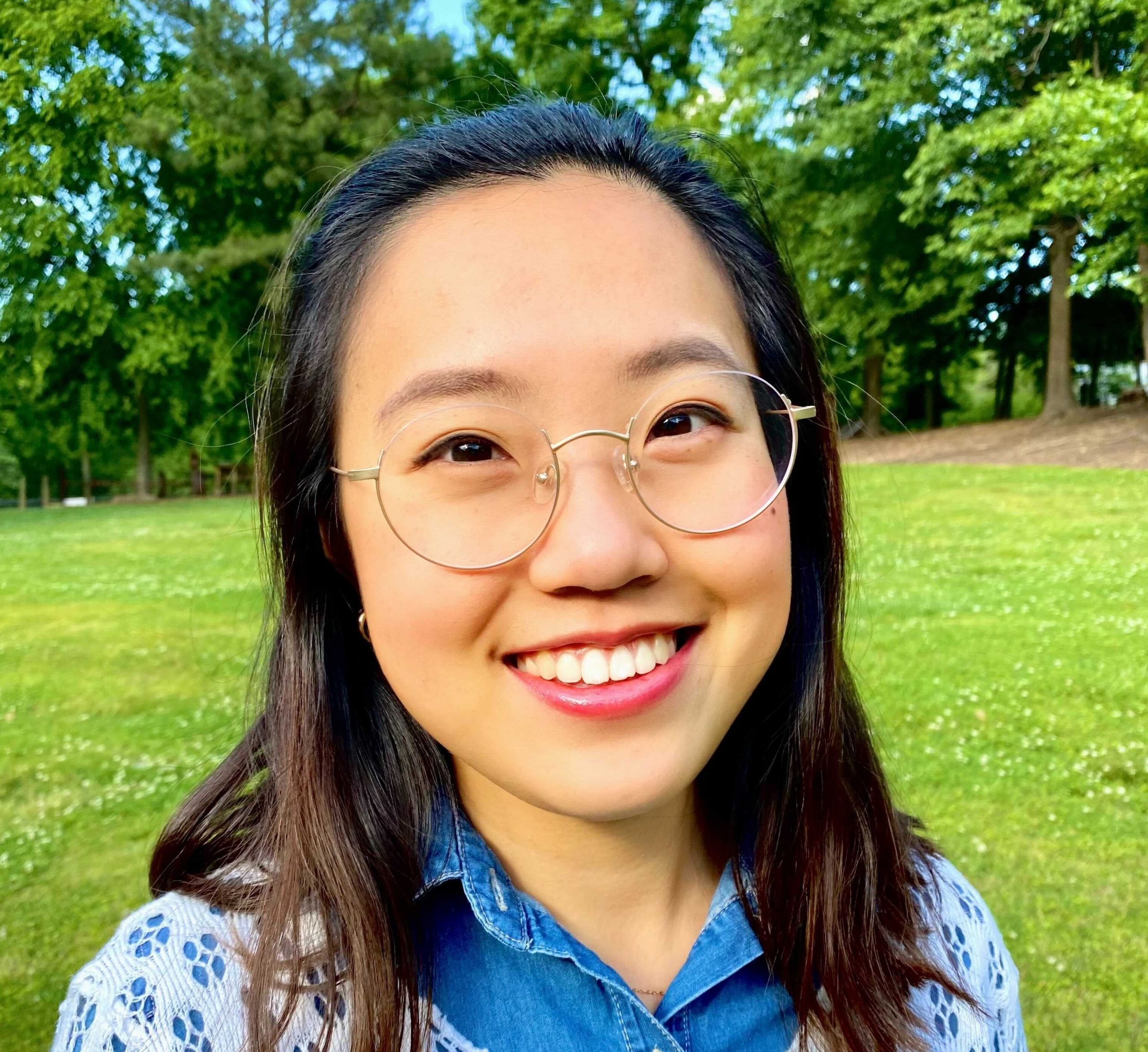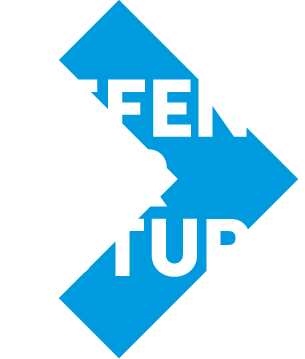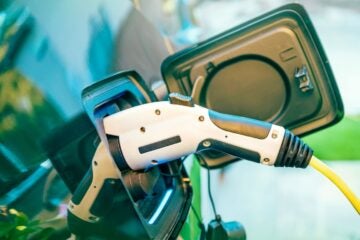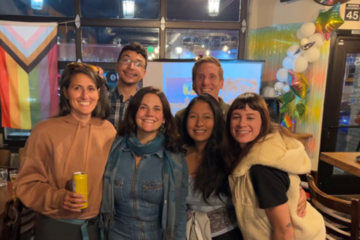This post by Lumi Youm was originally published for Environmental Defense Fund.
In a way, it was inevitable that I would become an environmentalist. My parents met while trekking up Mount Odae, a popular getaway a few hours by train from Seoul. Growing up in Georgia, we probably never went any longer than a month or two without spending a day exploring some hiking spot. I didn’t always love the mosquitos or the Georgia heat, but eventually learned to tolerate it in exchange for the sound of rustling leaves and the feeling of lightness that buoys you when you’re among the trees. And at home, I learned to “reduce, reuse, recycle” from my mom. When she wasn’t reminding me not to leave the tap running for too long or to never throw away food, she was busy coming up with ways to repurpose or reuse quite literally everything she could.
My story is not unique. Compared to the general American population, Asian Americans and Pacific Islanders (AAPIs) are overwhelmingly environmentalists. According to a survey last year, 80% of Asian Americans consider the environment to be a very or extremely important political issue; 77% support stronger federal legislation to address the climate crisis. A previous survey used slightly different wording, revealing that 70% of Asian Americans considered themselves environmentalists — nearly 30% higher than the U.S. average of 41%. And a 2014 report showed that AAPIs are significantly more likely than the average American to support climate change solutions both politically and personally, as well as to agree that acting on climate change would provide a better life for their children and grandchildren.
So why is it that we don’t see AAPIs represented in the environmental movement? It’s worth stating that people of color have been excluded from environmentalism for a very long time. From its very beginning, the conservation movement tasted of an insidious underlying racism (see: The Population Bomb). Underrepresentation of people of color in green groups and their boards has led to priorities that reflect those of whiter, wealthier Americans — even at the cost of everyone else. Recently, things have begun to change. Many green groups, wrestling with their own racist roots, have begun to build bridges with communities of color and center environmental justice in their work. But throughout it all, AAPI communities have still been largely neglected.
Why? We might begin by examining the fact that a lot of polling on climate and environmental issues totally overlooks the AAPI community (unless, like most of the surveys cited above, they were conducted by AAPI organizations). Instead, AAPIs are often lumped in with other groups into a monolithic and obscure “Other.” This tendency to ignore and erase AAPIs, often without a legitimate reason, isn’t limited to environmental polling. It is endemic across many social science disciplines. In a way, this illustrates how the model minority myth — which tells the story of a monolithic group that has already achieved economic and social success by being hard-working and polite — works quietly to shape our reality. Patently falsifiable as it is, it leads to widespread downplaying and dismissal of the challenges AAPIs face, contributing to our erasure in the data. This can have detrimental real-world consequences for our communities, because research outcomes shape both public policy and the public narrative.
It also quite literally sickens and harms people. Due to the influence of the model minority myth, Asian Americans have been historically underemphasized and left out of environmental justice research and the EJ movement. What research is available makes it crystal clear that environmental justice issues are also Asian American issues. For example, a 2017 study found that Asian Americans rank just below Black Americans and above Latino Americans in terms of cancer risk from hazardous air pollutants. And a 2019 study found that greater proportions of Asian Americans in census tracts were associated with significantly greater health risk from air pollutants. In the U.S. territories of the Pacific Islands, no studies are needed to see the impacts of environmental injustice. Having survived colonization and military occupation, islands like Guam are now at the forefront of the climate crisis and face a real existential threat in rising sea levels. Yet, as part of the 3.5 million American citizens who are denied the right to vote because they live in a territory, Guamanians have limited ability to demand help and don’t know when it will come.
The environmental movement can’t wait another second. It must recognize that AAPI communities are valuable and necessary allies in the fight to address the climate crisis — allies who could wield the kind of political power key to environmental progress. And it needs to include AAPI communities in efforts to right the historic wrongs of environmental injustice. We might begin to accomplish these goals in two ways: one, by making sure that AAPIs are no longer erased in relevant research and polling. As long as we lack sufficient and credible data, we’ll remain ignorant as to the true shape and size of the problem as well as potential solutions. Two, by meeting people where they are. Nearly 60% of Asian Americans were born in another country. Language, culture, and citizenship issues are real obstacles to civic participation. 34% of AAPIs are limited English proficiency. This needs to be considered when organizing events, creating booklets and flyers, or setting up meetings. Meeting people where they are is how the AAPI EJ organizations that do exist — for example, Chicago Asian Americans for Environmental Justice (CAAEJ) and Asian Pacific Environmental Network (APEN) — have achieved victories for their communities.
In recent months, a lot of digital ink has been spilled over the plight of Asian Americans. I’ve felt very heartened by the way that many of the challenges AAPIs face on a daily basis, yet go ignored by the general public, have come to light. The aforementioned “racial reckoning” in the environmental movement and increasing weight on environmental justice have also given me hope. Now, it’s time to put two and two together — because I know I am not alone, and my story is not unique. I’m part of the huge majority of AAPIs who have been taught to appreciate and live in harmony with nature, who believe it’s urgent that we take action on the climate crisis now in order to build a better future. To achieve genuine and inclusive progress in the time we have, we in the environmental movement need to extend a welcoming hand to the AAPI community.
Lumi Youm is an online advocacy and community coordinator at Environmental Defense Fund.




